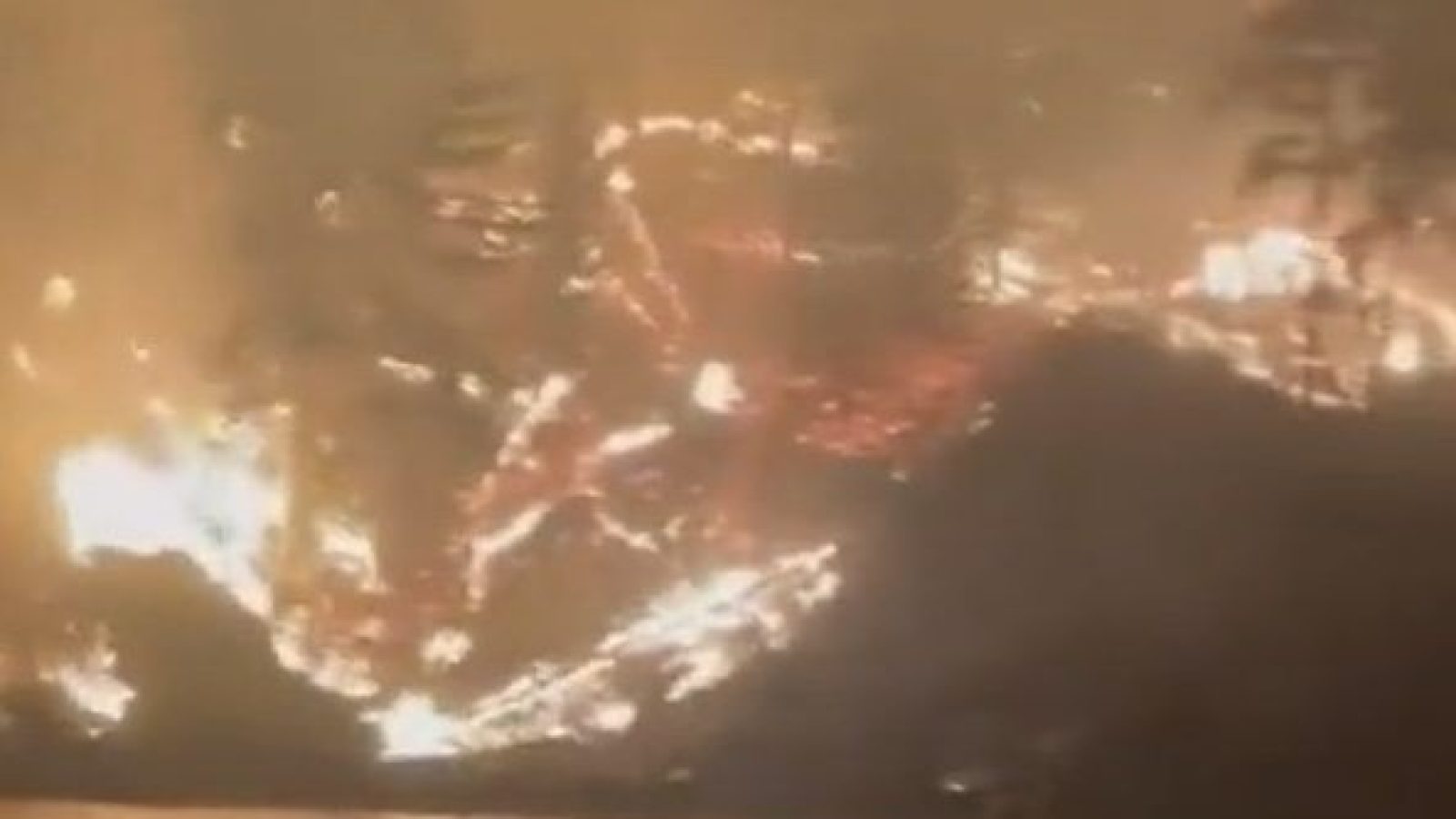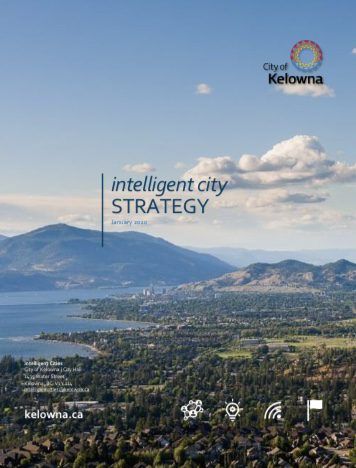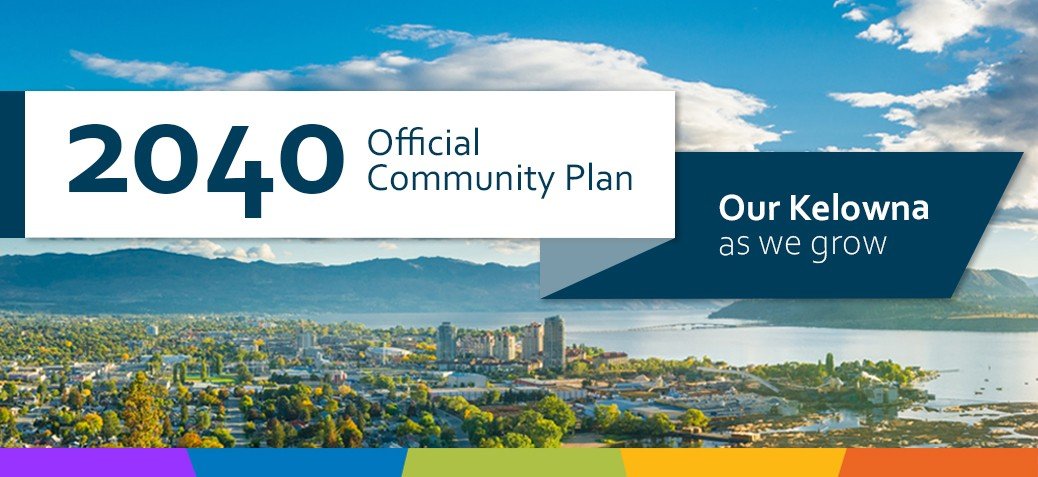British Columbia declared a state of emergency due to the raging wildfires in Kelowna and West Kelowna.
“Premier David Eby announced a provincial state of emergency at a news conference Friday, urging British Columbians to stay alert, listen to local officials and follow evacuation orders,” CBC stated.
“If you get an evacuation order, please leave,” Eby said.
CBC reports:
According to Emergency Management Minister Bowinn Ma, the number of people under evacuation order in B.C. went from 4,500 to 15,000 in an hour, and 20,000 more people are under evacuation alert.
A list of evacuation orders and alerts is posted online by Emergency Info B.C.
The announcement came after a significant number of homes were destroyed by a fast-burning wildfire in the West Kelowna area, as crews fight through what the B.C. Wildfire Service (BCWS) has predicted would be the most challenging days of the provincial fire season, due to gusting winds.
The extreme conditions in the area are not expected to let up over the next 36 hours, and fires across the province may see significant growth, provincial officials say.
ADVERTISEMENTMore than 2,400 properties are under an evacuation order, and more than 4,800 properties are under an evacuation alert due to the encroaching McDougall Creek wildfire, which grew more than a hundredfold — from 64 hectares to 6,800 hectares (68 square kilometres) — in just 24 hours.
According to Reuters, the mainstream narrative for what sparked the wildfires in Canada’s western province is “strong winds and dry lightning in the past 36 hours due to a cold mass of air interacting with hot air built-up in the sultry summer. That intensified existing forest fires and ignited new ones.”
Footage below:
Awful footage from West Kelowna#WestKelowna #WestKelownafire #Kelowna #Kelownafire #kelownafires #BCfires #Canada pic.twitter.com/XMAumgdoEU
— Crime With Bobby (@CrimeWithBobby) August 18, 2023
Kelowna, British Columbia on fire. pic.twitter.com/DoAbpy9cYr
— Catch Up (@CatchUpFeed) August 18, 2023
Evacuation orders continue to spread throughout Kelowna
Officials have warned the fires "are very active and very unpredictable"
The winds there are also terrible making it spread more#WestKelowna #WestKelownafire #Kelowna #Kelownafire #kelownafires #BCfires #Canada pic.twitter.com/oSXxQRdFFN
— Crime With Bobby (@CrimeWithBobby) August 19, 2023
Fire just jumped the lake from West Kelowna to North Kelowna.
Pray for us, we’re surrounded. pic.twitter.com/YXmx085zYA
— A Fairy Pot Mother (@mannipz) August 18, 2023
Heartbreaking visuals from west #Kelowna #Kelownafire #kelownafires #BCfires #BCWildfire #Columbia #wildfires #wildfire #BC #Canada pic.twitter.com/x0BVR5TTYQ
— Shadab Javed (@JShadab1) August 18, 2023
Via Reuters:
By Friday, an out-of-control fire in southern B.C. grew more than one hundredfold in 24 hours and forced more than 2,400 properties to be evacuated. The fire was centred around Kelowna, a city some 300 kilometres (180 miles) east of Vancouver, with a population of about 150,000.
ADVERTISEMENTAs conditions continued to deteriorate quickly through Friday evening, Premier Daniel Eby declared a province-wide state of emergency to access temporary authoritative powers to tackle fire-related risks.
“This is an historic wildfire season for British Columbia,” Eby told a briefing.
The fires moved so rapidly on Friday that the number of people under evacuation order went from 4,500 to 15,000 in an hour, while another 20,000 were under evacuation alert. The province currently accounts for over a third of Canada’s 1,062 active fires.
“The state of emergency declaration … communicates to people across the province the seriousness of the deteriorating situation,” Eby said. “(It) enables a number of legal tools for us to issue specific orders and to ensure that resources are available.”
Whatever sparked the massive wildfire, it’s worth noting the plans to transform Kelowna into a “Smart City.”
The city of Kelowna was part of a ‘smart city’ pilot project to track the movement of people downtown.
Coincidental? These fires are happening in the sane places they want to build “smart cities”. https://t.co/cFPszvWTBu https://t.co/GVigRoZE2I
— Dr. Lynn Fynn-derella🐭 (@Fynnderella1) August 19, 2023
The “wireless internet-connected LiDAR sensors…will capture data on vehicle and foot traffic patterns, which will be used by UBC research students to help find ways to improve vehicle, pedestrian and cyclist safety,” according to a 2020 report by Kelowna Capital News.
“This is an exciting opportunity for Kelowna to build on the work we’re doing to bring smart city technologies to our city,” said former Kelowna Mayor Colin Basran.
From Kelowna Capital News:
“Transportation has always been a top concern for our citizens and one of council’s priorities. As we grow, we need to better understand what these travel interactions look like and how can we ensure the safe management of everyone using our streets, curbsides, sidewalks and pathways.”
This pilot project is part of research being done by UBC through a partnership with Rogers to study 5G applications and develop smarter and safer cities through made-in-Canada solutions. The city has dubbed it Canada’s “first real-world 5G smart city solution.”
The idea came forward from a UBC Hackathon in March, where they looked at several ways new technologies and improved wireless connectivity could help Kelowna improve movement around the city.
Smart City Kelownahttps://t.co/NvPhPGq3ik https://t.co/SxBUJAfRqd pic.twitter.com/rUqUo7II00
— Djindji5 (@djindji5) August 18, 2023
A 35-page document published in January 2020 discusses initiatives to shift Kelowna from a “Smart to Intelligent” City.
“While being a Smart City has allowed the City of Kelowna to improve efficiencies, reduce costs and improve departmental outcomes, we are facing increasingly complex community issues that often require creative solutions. Partnerships have the potential to develop solutions to these issues. This has inspired our shift from Smart to Intelligent; while Smart Cities use technology to improve the way cities work, Intelligent Cities use technology to create better cities, improving the lives of those that spend time in them,” the document states.
The City of Kelowna published the 2040 Official Community Plan in January 2022.
The plan was4 #Kelowna The 2040 TMP will help us all work together toward a smarter more responsible..It includes over 100 recommended actions..and renew our existing infrastructure –together, they help deliver on our goals of a more sustainable, equitable future.#5G Agenda2030 pic.twitter.com/TlVu7LtFXW
— Liz Guldvinge (@LizGuldvinge) August 18, 2023
From the City of Kelowna:
How our city grows is shaped by the 2040 Official Community Plan (OCP). The 2040 OCP provides a policy framework for Council by addressing issues such as housing, transportation, infrastructure, parks, economic development and the natural and social environment. It’s a plan that sets a strategic course for the next 20 years as to how our city should grow, prioritizing areas, decisions and policies that our citizens have told us they want to focus on through Imagine Kelowna and OCP engagement opportunities. The OCP works with the 2040 Transportation Master Plan to connect people and places – together, they help deliver on our goals of a more sustainable, equitable future.
Ch. 12 (Climate Resiliency) tells says everything about the agenda at play in Kelowna.
The scientific community warns that global warming needs to be halted within the next few decades to reduce the risks of extreme and irreversible climate change. Overstepping this global threshold could locally translate to, among other impacts, hotter, drier summers that would increase the risk of forest fires, warmer winters that could result in the increase of pests or introduction of new pests, and increased frequency and intensity of precipitation events that could lead to increased flooding or damage from intense storms.
Local governments are uniquely positioned to influence the shift towards a low carbon lifestyle and to respond to the impacts of climate change. Our strategic direction for how our community will grow, commute, interact and protect natural assets, is intricately related to how we will reduce greenhouse gas (GHG) emissions and adapt to anticipated climate changes and those changes we are already experiencing. As illustrated in Figure 12.1, the OCP’s pillars are key to building a community resilient to climate change, and consequently in addition to the policies provided below, climate considerations are woven throughout each chapter of the OCP.
It sounds like the United Nations’ Agenda 2030 to ‘Build Back Better.’






Join the conversation!
Please share your thoughts about this article below. We value your opinions, and would love to see you add to the discussion!